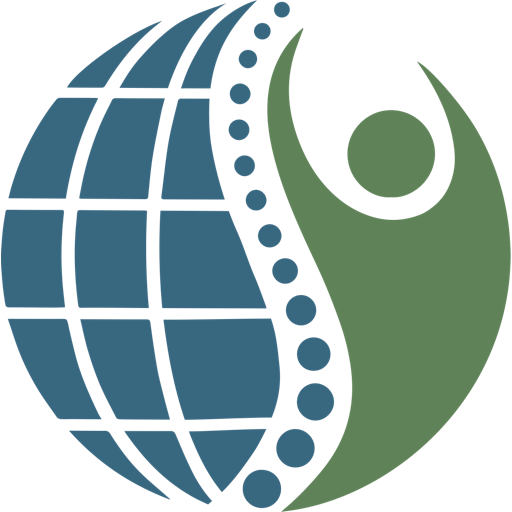Focus on Mahatma Gandhi Mission (MGM) University of Health Sciences, Part 3: World Spine Care’s Model of Care
The sign above the entrance to the World Spine Care clinic at MGM University reminds us of our priorities as clinicians.
by Carlos Gevers Montoro
The primary spine model is revolutionary. It changes the focus of spine care from being clinician-centered to becoming patient-centered.
The key question becomes: what is the best possible care that the patient can receive?
We know from research that most patients with spine-related disorders benefit more from conservative management, such as exercise and manual therapy. Active care is usually preferred over passive care, empowering patients and giving them back the responsibility for their own health. We also know that lifestyle and psychosocial factors are key to predicting the prognosis for many of these patients, while education and interventions in these areas are very effective strategies to modify outcomes. But above all, it seems necessary to introduce in the system a primary care provider that can manage spine-related disorders according to these principles. This doesn’t just save time and expenses, it also avoids potential harm from unnecessary interventions, while improving patient outcomes and satisfaction with care.
My WSC experience taught me a great many things, but the main one was written loud and clear, right at the entrance of the MGM hospital: the patient should “always” be “first”. Only by leaving our professional egos aside, can we realize the beauty and potential of this project.
Patients are already benefitting from the training that their clinicians have received. The clinicians - in this case, physiotherapists - are committed to improving their skills and competencies (although the training is by no means finished). And for those of us from the WSC team, our time in India provided many new learnings.
Above all, this experience has been a very rich cultural exchange, where we’ve learned more about the fascinating Indian culture than we could ever share regarding spine care. On behalf of myself and the team from India - thanks to everyone we worked with in India; they were the most amazing hosts and made our experience unforgettable!
To learn more about the WSC Clinic in India, click here.



